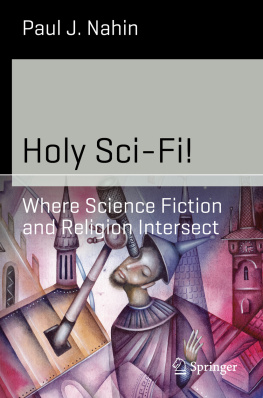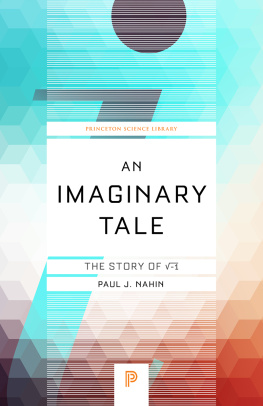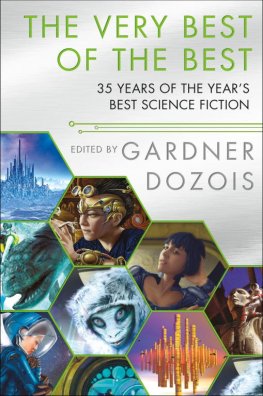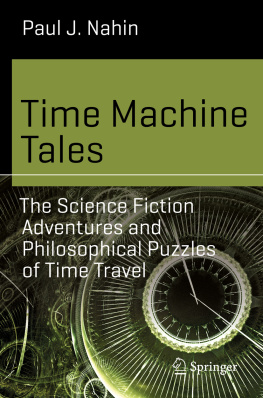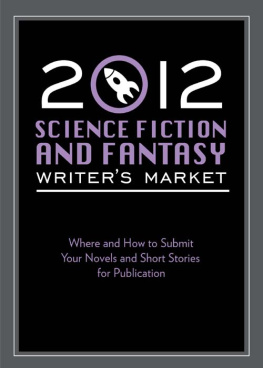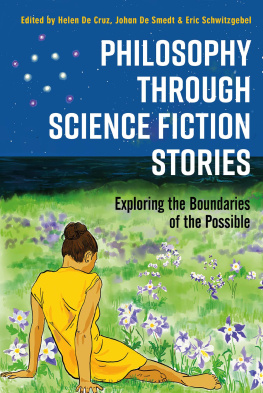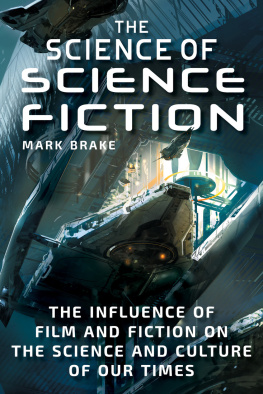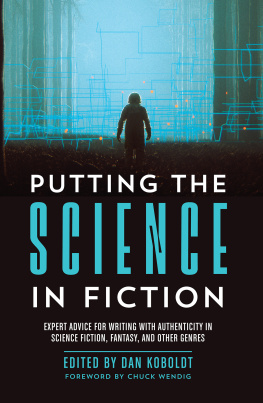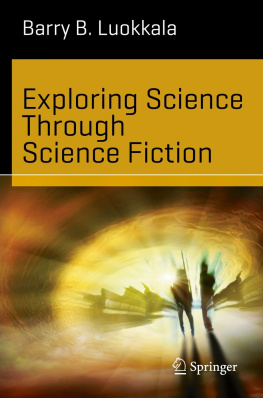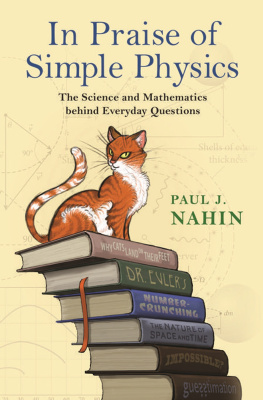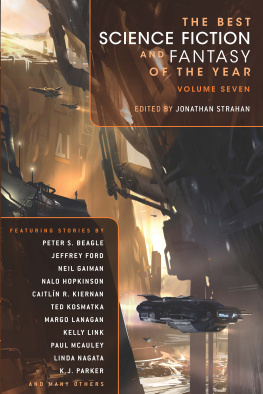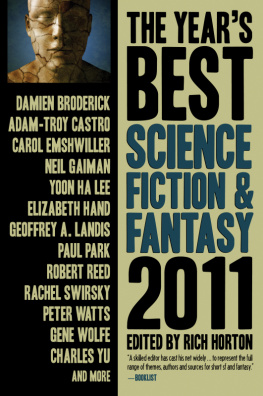1. Introduction
Abstract
I am not a religious person, in the sense of believing in a supreme being who is the ultimate cause of the world we immediately live in, or of the universe at large in which our world is but an extremely tiny part. I am not even a deist. In other words, I am not someone who at least believes in a Creator, while not going so far as to further believe that He/She/It cares about human affairs. In fact, to be up-front about it, I confess to being an agnostic (a polite atheist). For all my readers who are true believers, however, please understand that I am not aggressively hostile about this issue. I dont think it silly to believe, and I am even willing to admit I could be wrong. I simply havent been convinced that I am in error. I almost certainly dont have to discuss here the difference between being an agnostic and an atheist, but I do like the following illustration of an agnostic, an atheist, and a true believer:
1.1 Authors Note One
I am not a religious person, in the sense of believing in a supreme being who is the ultimate cause of the world we immediately live in, or of the universe at large in which our world is but an extremely tiny part. I am not even a deist. In other words, I am not someone who at least believes in a Creator, while not going so far as to further believe that He/She/It cares about human affairs. In fact, to be up-front about it, I confess to being an agnostic (a polite atheist). For all my readers who are true believers, however, please understand that I am not aggressively hostile about this issue. I dont think it silly to believe, and I am even willing to admit I could be wrong. I simply havent been convinced that I am in error. I almost certainly dont have to discuss here the difference between being an agnostic and an atheist, but I do like the following illustration of an agnostic, an atheist, and a true believer:
True Believer: God made the heavens and the Earth.
Atheist: There is no way that God exists.
None of the above means that I dont find it a glorious event when I see a rainbow in the sky. Instead of creating a toasting marshmallows over a campfire tale about dancing elves in green pants and pots of gold being the reason for that wondrous vision, however, or some other equally fanciful explanation, I look for a rational underpinning to the colorful arc in the laws of physics and the rules of mathematics.
For some, any mention of physics and math brings back unpleasant memories of Mr. Scienceguys boring high school class (I know you arent in this category!) , along with the feeling that technical subjects somehow lack the compassion, the understanding and forgiveness, the loving comfort of an all-forgiving God. The world is undeniably a harsh place, and the concept of God offers an emotional refuge from what would otherwise simply be a mean and brutal existence from birth to death. To the lower animals the universe may well be, as Tennyson wrote, red in tooth and claw, but for creatures with souls (as so many believe are the unique possession of humans) there just must be something beyond the dry, pitiless, morality-neutral laws of math and physics. Or so do many believe.
One person who would surely have felt that way was the famed essayist Charles Lamb, at the so-called Immortal Dinner, a party given on December 28, 1817 at the home of the English painter Benjamin Haydon. In attendance at what Haydon modestly described as a night worthy of the Elizabethan age with Christ hanging over us like a vision were such luminaries as the poets Wordsworth and Keats. That evening Lamb toasted a portrait of Isaac Newton with words describing Newton as a fellow who believed nothing unless it was as clear as the three sides of a triangle, and who had destroyed all the poetry of the rainbow by reducing it to the prismatic colors.
Lamb was described by Haydon a having been delightfully merry just before he made his toast, which I suspect meant he was thoroughly drunk. Still, one of Lambs younger dinner companions was greatly influenced by that toast, as 3 years later John Keats repeated the sentiment in his poem Lamia , where we find the words
Do not all charms fly
At the mere touch of cold philosophy?
There was an awful rainbow once in heaven:
We know her woof, her texture; she is given
In the dull catalogue of common things.
Philosophy will clip an Angels wings,
Conquer all mysteries by rule and line,
Empty the haunted air
Unweave a rainbow
Much better, I think, and in the spirit with which Ive written this book, are the following words by the English poet William Wordsworth (written in 1802, years before he attended the Immortal Dinner):
My heart leaps up when I behold
A rainbow in the sky;
So was it when my life began;
So it is now that I am a man;
So be it when I shall grow old;
Or let me die!
The Child is father of the Man;
And I could wish my days to be
Bound each to each by natural piety.
In a famous 1954 science fiction story, The Cold Equations by Tom Godwin (19151980), the conflict of physics versus poetry was powerfully illustrated in a way many found to be shocking. The entire story is set in the cabin of an Emergency Dispatch Ship (EDS) ferrying a load of urgently required medical supplies to a colony on a remote planet at the frontier of the galaxy. The ship has just enough fuel to make the trip with the expected payloadif there is either just a bit less fuel or just a bit more payload, the EDS will fall short. Partway into the trip, the pilot discovers there is a stowaway on-board, a young girl who snuck aboard to hitch a ride to see her brother who is one of the colonists.
She knew what she had done was wrong, but had thought shed merely be lectured, or perhaps fined. Instead, the pilot tells her she is in much deeper trouble. There is no possibility of the EDS returning to base, as it was launched into space from a hyperspace mother-ship that had briefly dropped into normal space to start the EDS on its way. The mother-ship had then vanished back into hyperspace. The EDS had only one way to go, to the colony. But it couldnt make it with the stowaway on-board.
The laws of physics allowed only one solutionthe payload had to be reduced. The medical supplies couldnt be touched, as without all of them many men would die on the colony. It was the girl that had to go. There was no other possibility, as the story tells us that
Existence required order, and there was order; the laws of nature, irrevocable and immutable. Men could learn to use them, but men could not change them. The circumference of a circle was always pi times the diameter, and no science of man would ever make it otherwise. The combination of chemical A with chemical B under condition C invariably produced reaction D. The law of gravitation was a rigid equation, and it made no distinction between the fall of a leaf and the ponderous circling of a binary star system. The laws were, and the universe moved in obedience to them. The men of the frontier had long ago learned the bitter futility of cursing the forces that would destroy them, for the forces were blind and deaf; the futility of looking to the heavens for mercy, for the stars of the galaxy swung in their long, long sweep of 200 million years, as inexorably controlled as they by the laws that knew neither hatred nor compassion. The men of the frontier knew h amount of fuel will not power an EDS with a mass of m plus x safely to its destination. To him [the EDS pilot] and her brother and parents she was a sweet-faced girl in her teens; to the laws of nature she was x, the unwanted factor in a cold equation.

